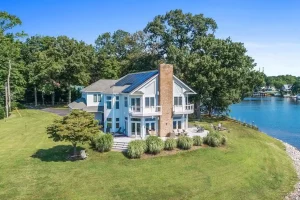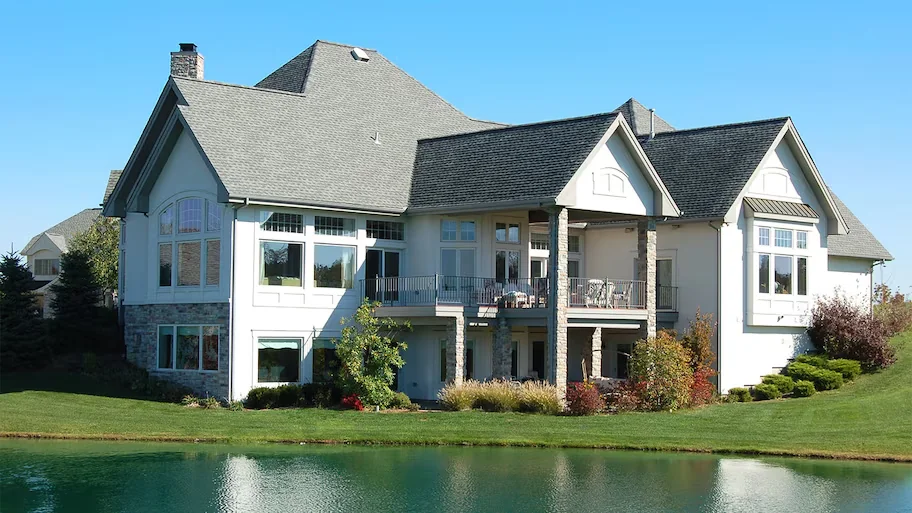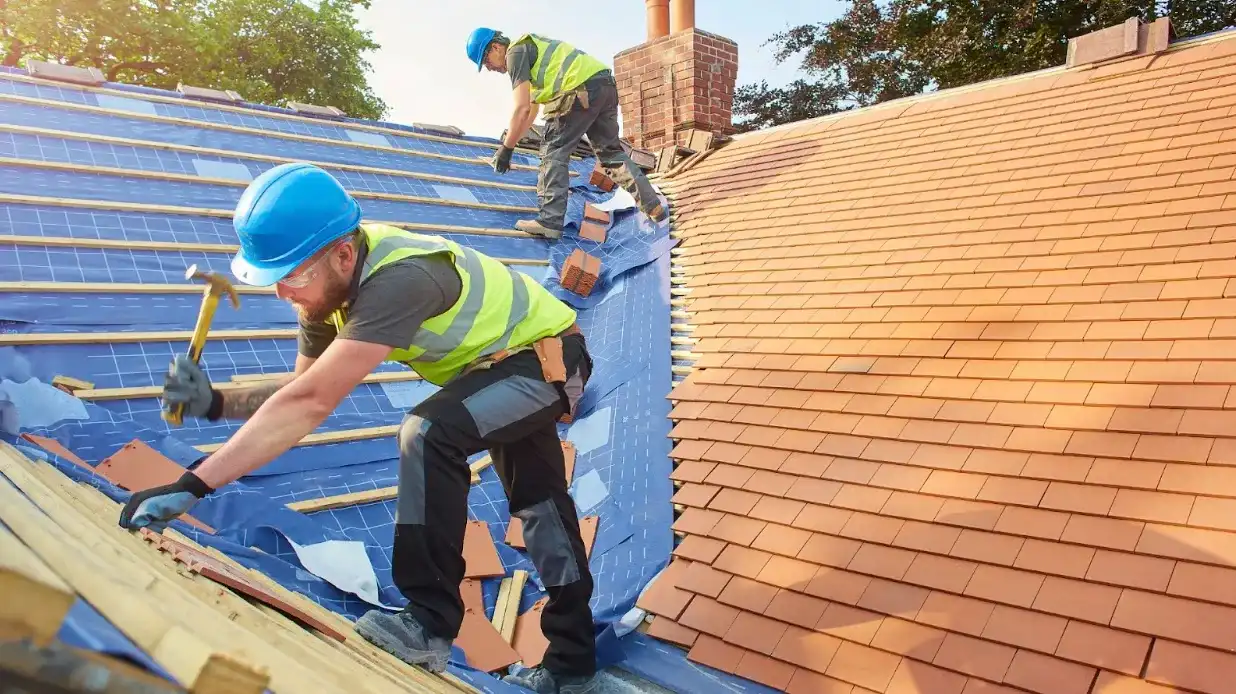In flood-prone areas, homes and businesses face the daunting task of rebuilding after natural disasters. Flood zone home renovation tips focus on proactive strategies that can turn vulnerability into resilience. By using flood-resistant materials, elevating critical systems, and implementing protective measures, businesses can safeguard their properties and ensure swift recovery post-flood. What advantages do these adaptations offer, and how can they be seamlessly integrated into renovation projects to future-proof properties in flood zones?
Key Takeaways
- Adaptation strategies in flood zone home renovation projects mitigate risks, reducing property damage and displacement fears for homeowners.
- Incorporating resilient design elements and flood-resistant materials minimizes costly repairs and ensures swift recovery from flood events.
- Elevating electrical systems and implementing cost-efficient measures like waterproof coatings and check valves reduce flood damage and downtime.
- Future-proofing homes and businesses with forward-thinking design elements and smart water management systems protects properties from devastation and minimizes losses.
- Proactive adaptation in flood zone renovation projects enhances property value, reduces insurance claims, and supports business continuity.
Flood Risks and Homeowner Fears
Flood-prone areas pose significant risks to homeowners, as the threat of water damage and structural instability can evoke deep-seated fears of property devaluation, displacement, and even personal safety. In flood zone home renovation, it is essential to acknowledge these concerns and prioritize mitigation strategies to guarantee a secure and resilient living space.
Importance of Adaptation Strategies
By acknowledging the legitimate concerns of homeowners in flood-prone areas, adaptation strategies become essential in mitigating the risks associated with flood zone home renovation projects. Effective adaptation involves integrating flood-resistant materials, elevating electrical systems, and designing flood-compatible layouts. By adopting these strategies, homeowners can minimize damage, reduce insurance claims, and guarantee a safer living space, ultimately enhancing their overall quality of life.
Mitigating Damage With Renovations
Incorporating resilient design elements and water-resistant materials into renovation plans can greatly reduce the risk of damage to a property, thereby minimizing costly repairs and downtime. This proactive approach is particularly essential in flood zone home renovation projects, where adaptability is key to mitigating damage and ensuring a swift recovery.
Cost-Effective Flood Protection Measures
Six cost-efficient flood protection measures that homeowners can implement during renovation projects include elevating electrical outlets and switches, applying waterproof coatings to walls and floors, and installing check valves to prevent sewage backup. These measures can greatly reduce flood damage and associated costs, making them essential considerations for flood zone home renovation tips.
Future-Proofing Homes and Businesses
A thorough flood zone home renovation strategy involves integrating forward-thinking design elements and materials to create resilient structures that can withstand future flood events, thereby protecting both residential and commercial properties from potential devastation. By incorporating flood-resistant materials, elevated foundations, and smart water management systems, homes and businesses can be future-proofed, ensuring safety and minimizing losses.

Frequently Asked Questions
Can I Renovate My Flood Zone Home Without Elevating It?
While it’s technically possible to renovate a flood zone home without elevating it, doing so may not comply with local floodplain management regulations and could result in denied permits or future flood insurance claims.
How Do I Choose the Right Flood-Resistant Materials for My Renovation?
When selecting flood-resistant materials for your renovation, consider factors such as water absorption, durability, and resistance to corrosion, decay, and mold growth, ensuring the chosen materials meet local building codes and FEMA guidelines.
Will Flood Zone Home Renovation Increase My Property Value?
Renovating a flood-prone property with flood-resistant materials and adaptive design can greatly increase property value by enhancing resilience, reducing future flood damage, and appealing to environmentally conscious buyers who prioritize safety and sustainability.
Can I Get Insurance Discounts for Flood-Adapted Homes?
Yes, flood-adapted homes can qualify for insurance discounts, as they mitigate flood risk. Insurers offer premium reductions for homes with flood-resistant construction, elevated foundations, and other adaptive features that reduce potential flood damage.
Are There Government Incentives for Flood Zone Home Renovation Projects?
Yes, government incentives exist for flood zone home renovation projects, offering financial assistance, tax credits, and low-interest loans to homeowners who implement flood-resistant construction methods and materials, thereby reducing flood risk and promoting resilience.
Conclusion
Optimizing flood zone home renovation projects through business adaptation yields substantial benefits. By integrating flood-resilient materials, elevating critical systems, and implementing cost-effective protective measures, properties can mitigate water damage and structural instability risks. This proactive approach guarantees swift recovery, minimizes downtime, and future-proofs homes and businesses in flood-prone areas.
You May Also Like To Read:





